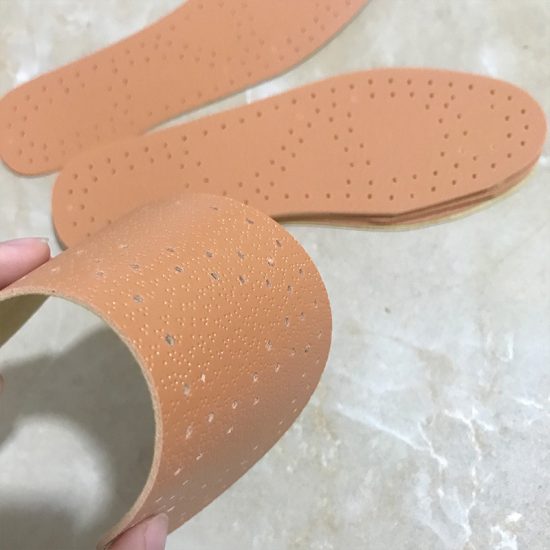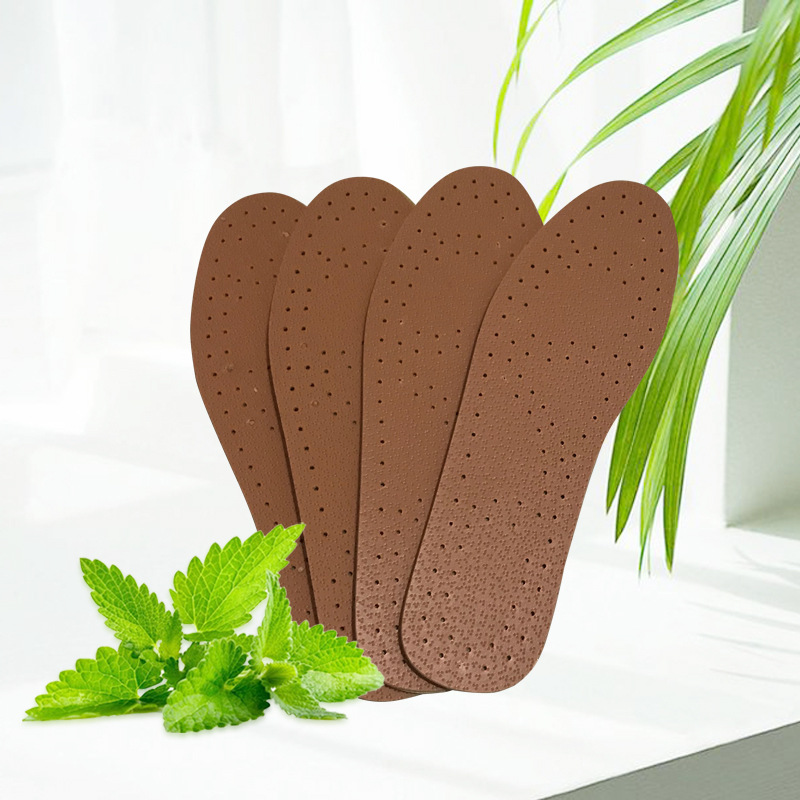Shoe insoles can have an impact on gait analysis by altering the mechanics of the foot and ankle during walking and running. Gait analysis is the process of evaluating the way a person walks or runs to identify any abnormalities or issues with their gait.
Here are some ways in which shoe insoles can impact gait analysis:
- Altered foot mechanics: Shoe insoles can alter the way the foot strikes the ground during walking or running, which can affect the mechanics of the ankle and other joints. This can change the angle of the foot, the amount of pressure placed on different areas of the foot, and the way the foot rolls from heel to toe.
- Change in gait parameters: Shoe insoles can alter gait parameters such as stride length, step width, and cadence. This can affect the way a person walks or runs and can impact gait analysis results.
- Improved alignment: Shoe insoles with added arch support or heel support can improve the alignment of the foot and ankle, which can lead to improved alignment of the knee, hip, and spine. This can help reduce stress on the joints and improve overall gait mechanics.
- Enhanced proprioception: Shoe insoles with added cushioning or stability can enhance proprioception, which is the ability to sense the position and movement of the body. This can help improve balance and stability during walking or running and can lead to improved gait mechanics.
It’s important to note that the impact of shoe insoles on gait analysis can vary depending on the individual and the type of insole used. When performing gait analysis, it’s important to take into account the use of shoe insoles and how they may be impacting gait mechanics.



